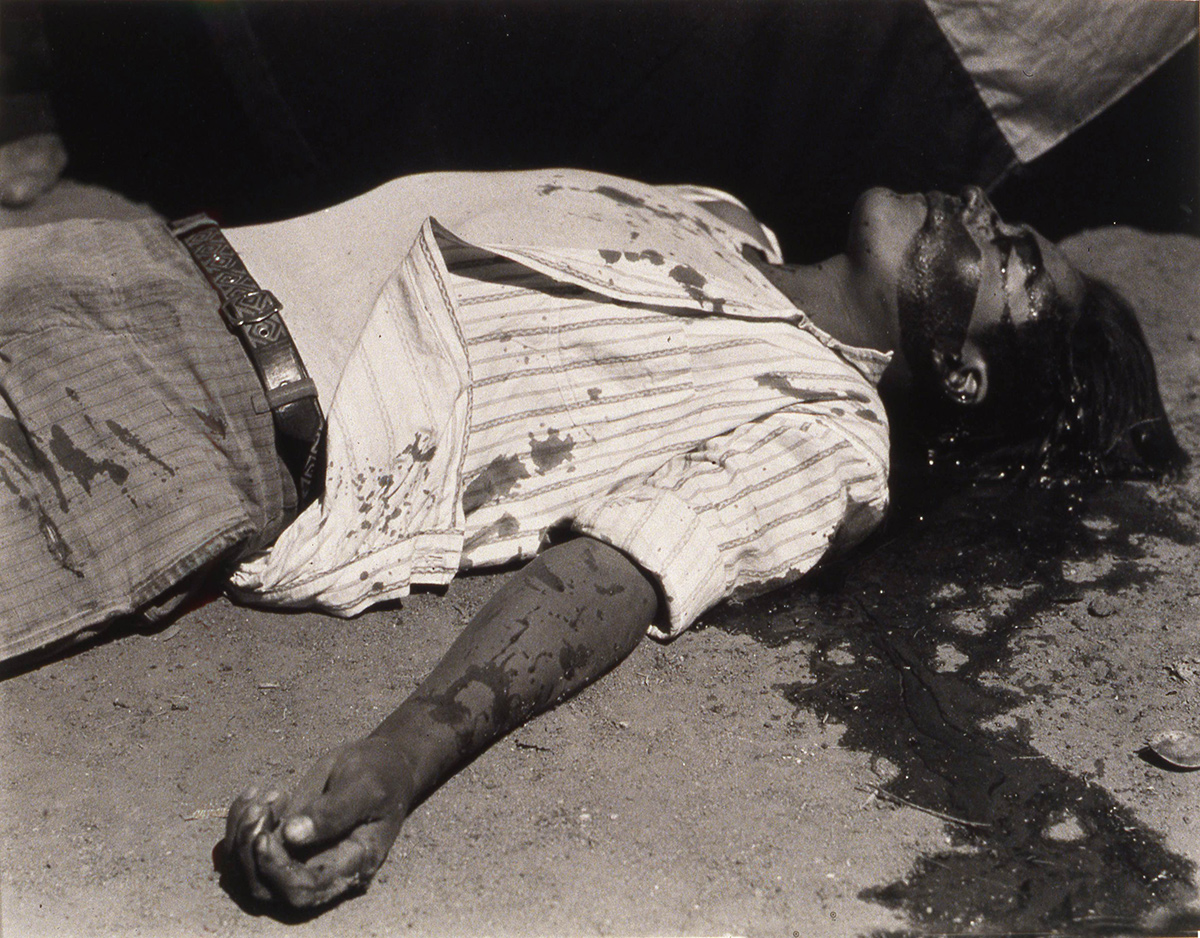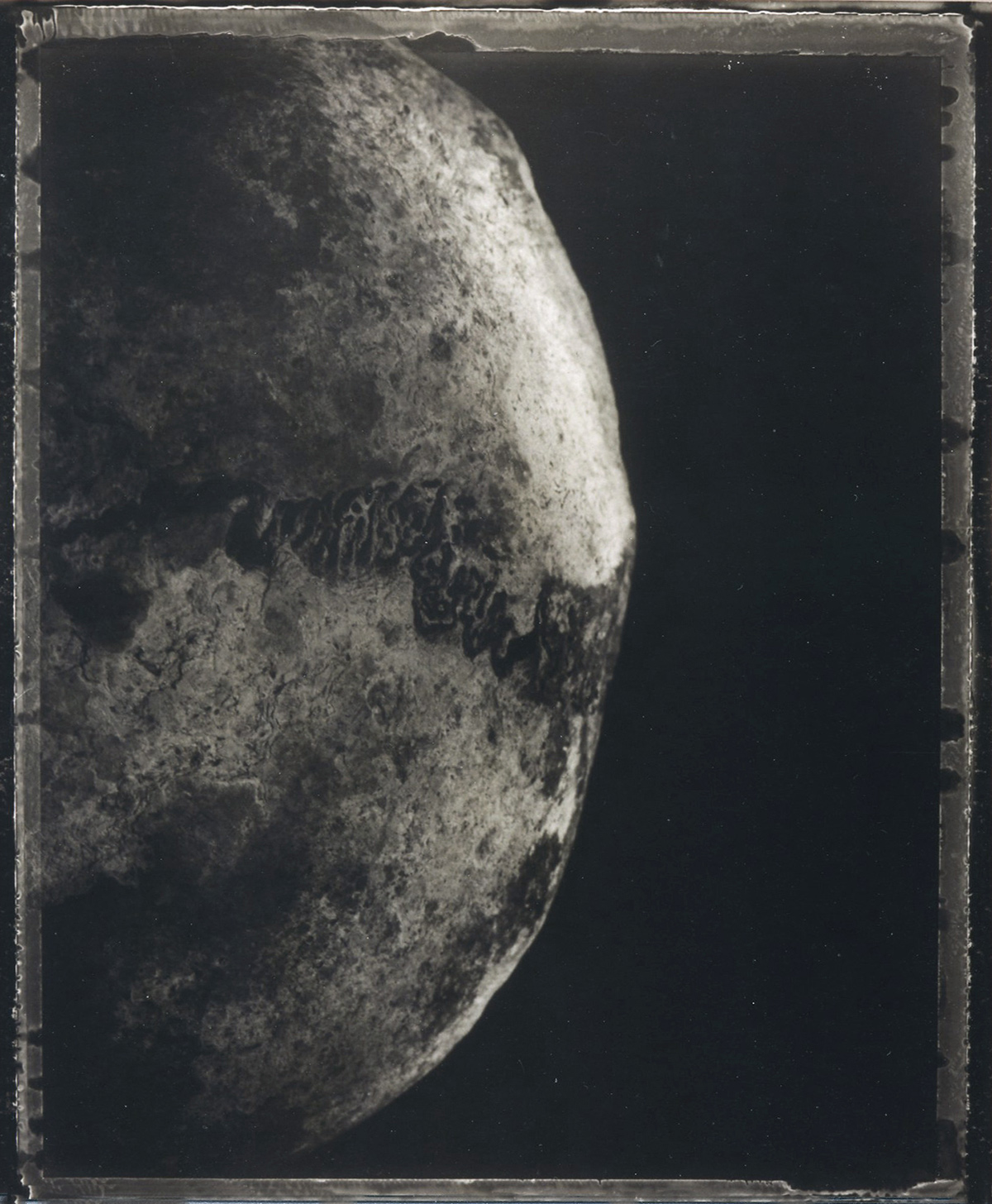EXPOSITION
COLLECTION MADELEINE MILLOT-DURRENBERGER
MANUEL ALVAREZ-BRAVO, JOHN BALDESSARI, PATRICK BAILLY-MAÎTRE-GRAND, ZOLT-PETER BARTA, HERVÉ BOHNERT, SOPHIE CALLE, RUDOLF SCHÄFER.
Musée des Beaux-Arts, Mulhouse
La sélection de photographies issues d’une large période de production et d’artistes ayant un usage de la photographie très différent a en commun la représentation de la mort. En 1934, Manuel Alvarez-Bravo photographiait un ouvrier assassiné après une grève, cette manière très directe de montrer la mort tranche avec celle de Rudolf Schäfer, qui en 1986 a réalisé des photos évanescentes de visages de cadavres dans une morgue de Berlin Est. Ces portraits dégagent une grande douceur et s’inscrivent dans la tradition du masque mortuaire. Face à eux, l’on retrouve la sensation évoquée par Roland Barthes : «La photographie de l’être disparu vient me toucher comme les rayons différés d’une étoile. Une sorte de lien ombilical relie le corps de la chose photographique à mon regard : la lumière quoique impalpable, est ici un milieu charnel, une peau que je partage avec celui ou celle qui a été photographié». Plus abstraites, les vanités de Patrick Bailly-Maître-Grand et Zolt-Peter Barta font écho aux tombes anonymes de Sophie Calle.
Falling Star de John Baldessari associe des images de destruction, de corps ensevelis sous les décombres avec une dimension cosmique.
The selection of photographs from an extensive period and artists with very different photography practices all portray death. In 1934, Manuel Alvarez-Bravo photographed a worker who was murdered after a strike, this very direct way of showing death contrasts sharply with that of Rudolf Schäfer, who in 1986 produced evanescent portraits of the faces of corpses in a morgue in East Berlin. These portraits have a gentle appearance and belong to the tradition of the death mask. Looking at them, there is the feeling conveyed by Roland Barthes: ‘The photograph of the missing being will touch me like the delayed rays of a star. A sort of umbilical cord links the body of the photographic thing to my gaze: the light, though intangible, is here a carnal medium, a skin I share with anyone who has been photographed‘. More abstract, Bailly-Maître-Grand and Zolt-Peter Barta’s vanitas echo Sophie Calle’s anonymous tombs. John Baldessari’s Falling Star combines images of destruction, bodies buried under the rubble with a cosmic dimension.

Manuel Alvarez-Bravo, Après l'émeute, 1934

Zolt-Peter Barta, Skull Planet

